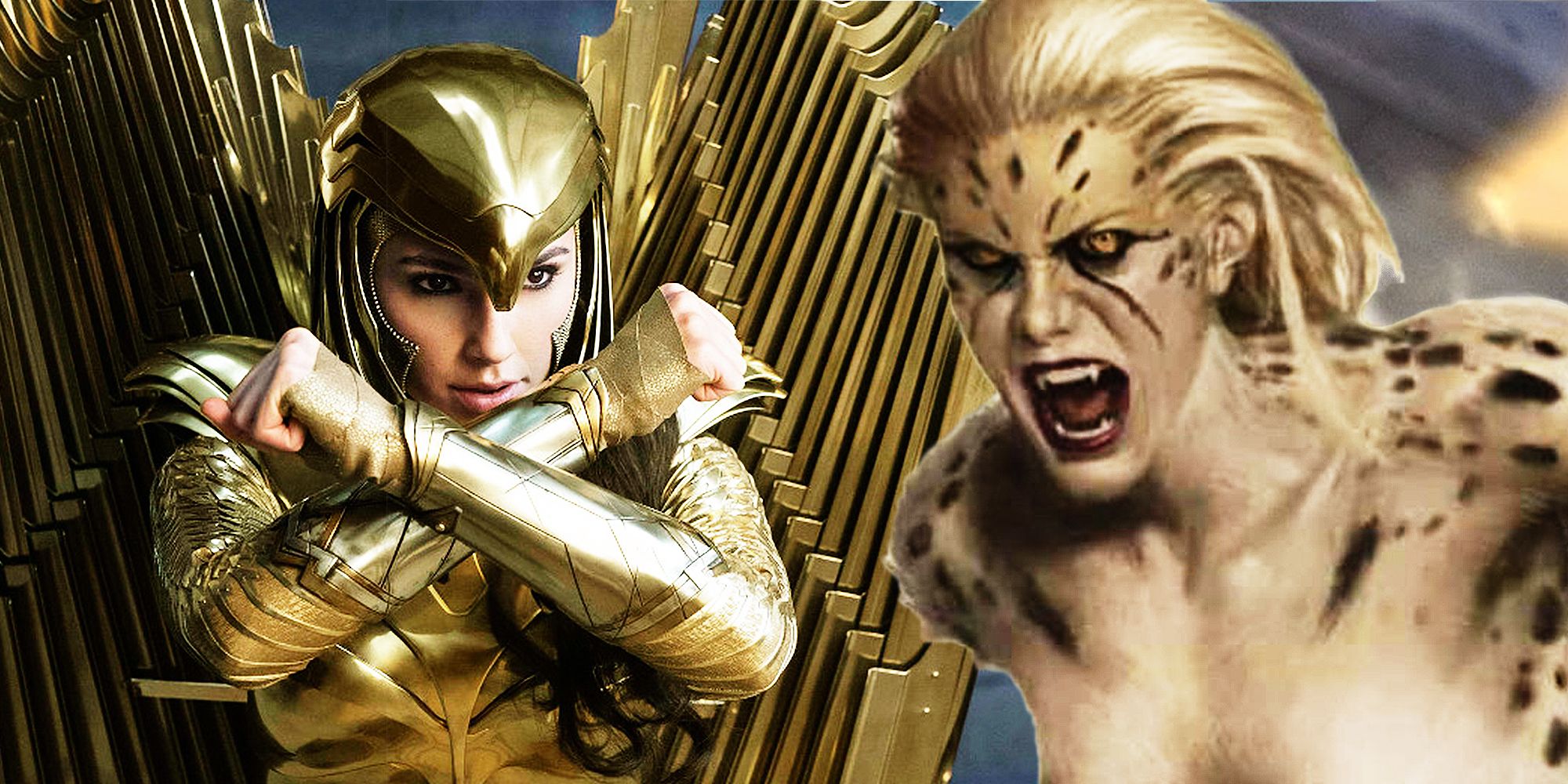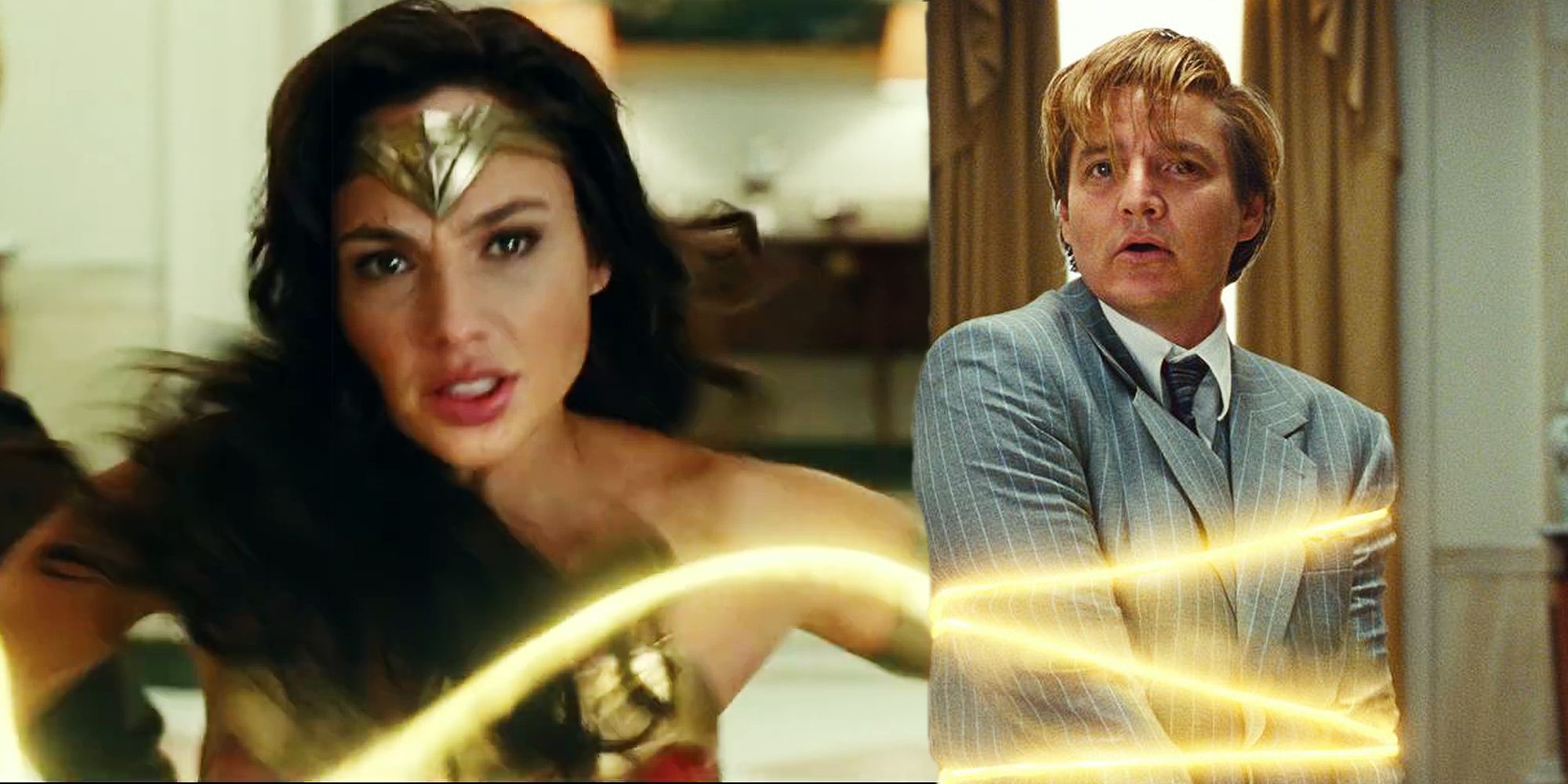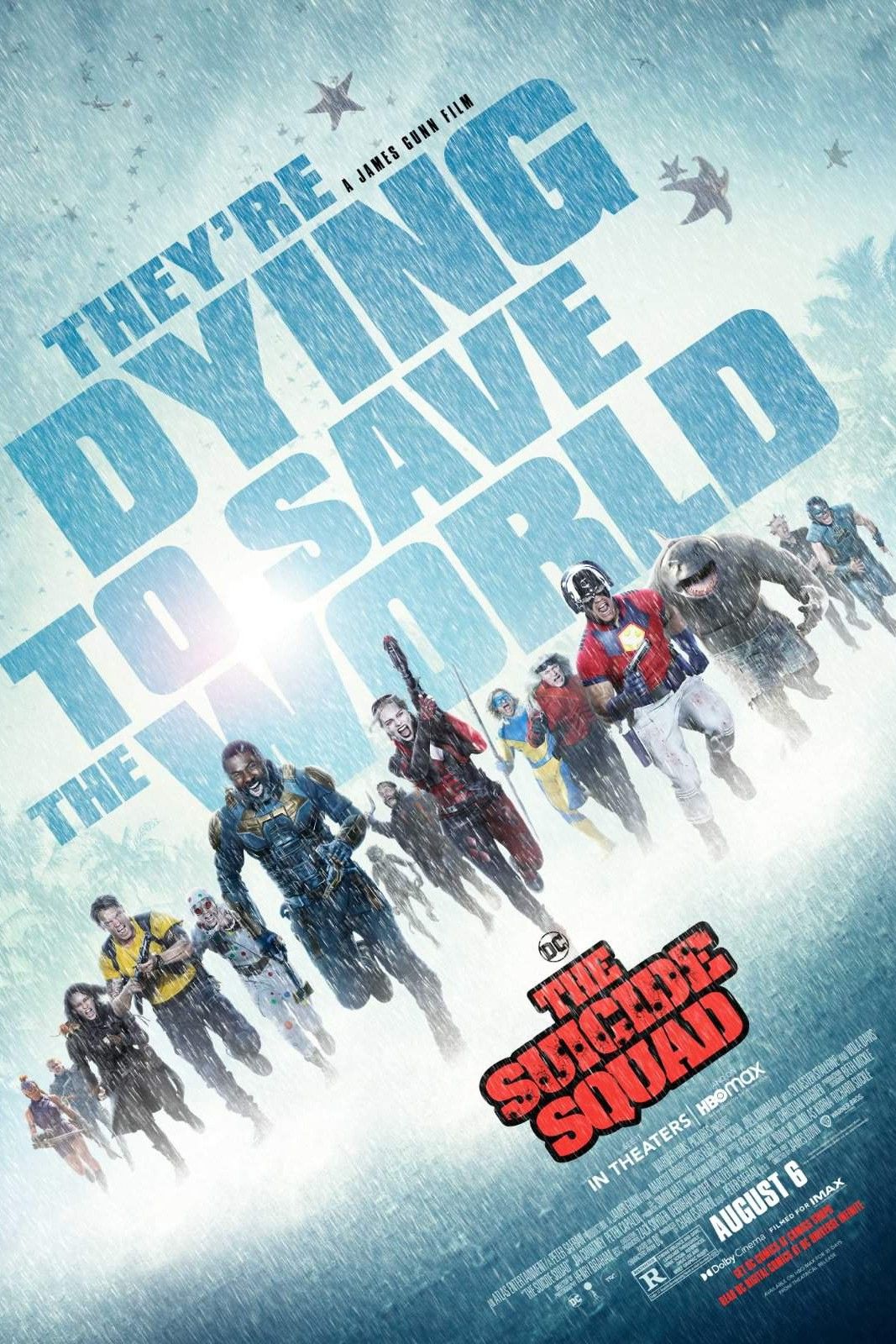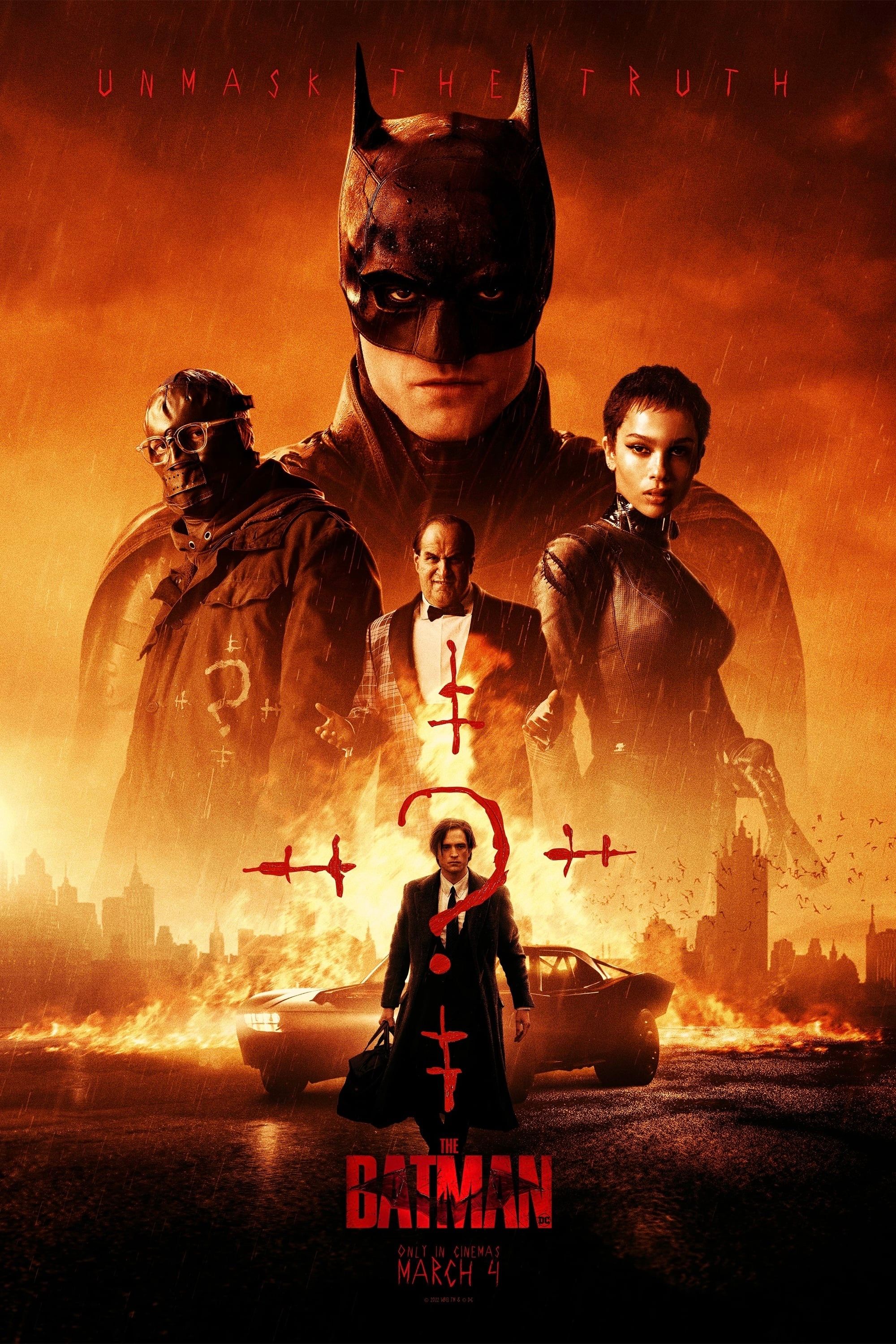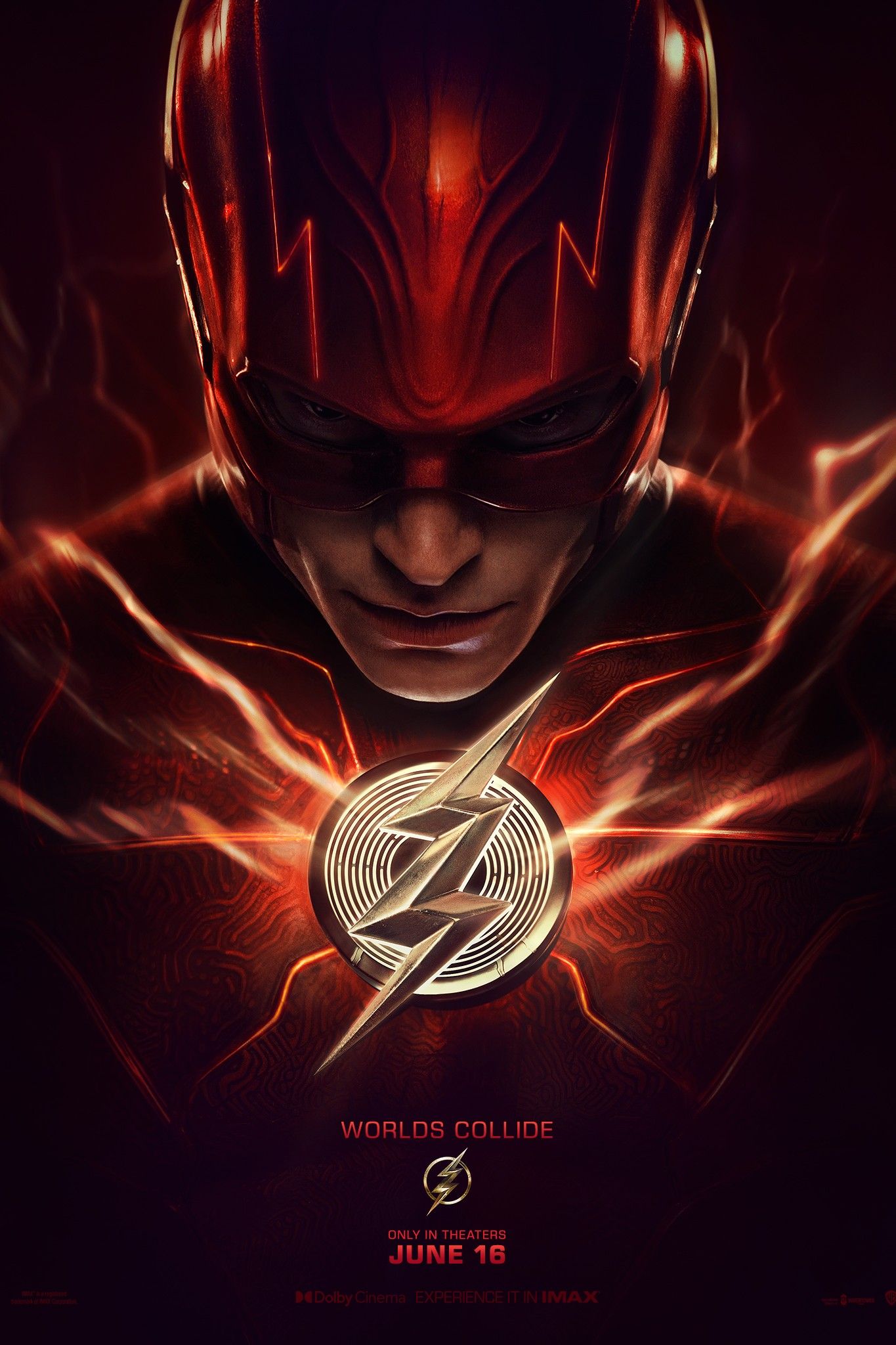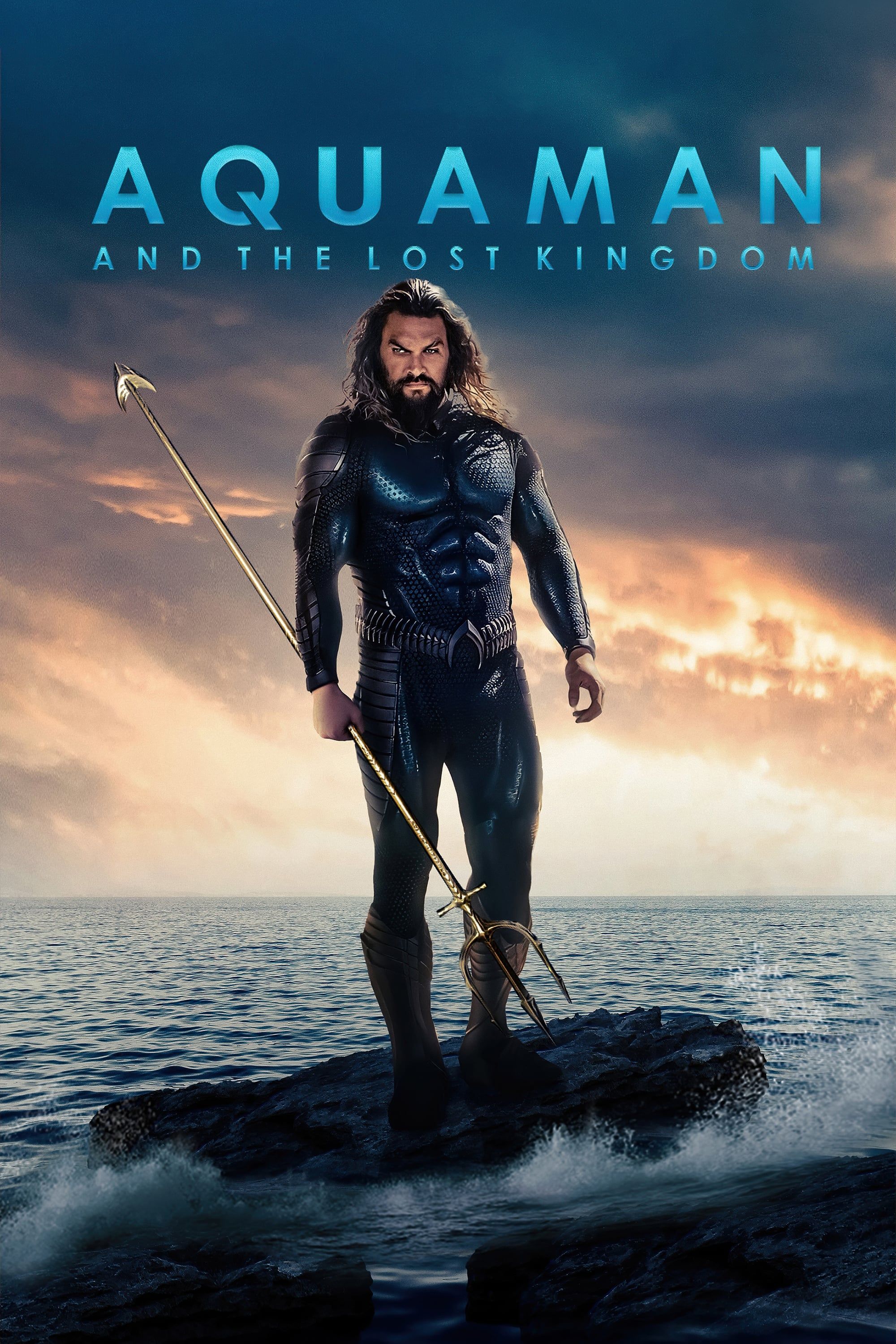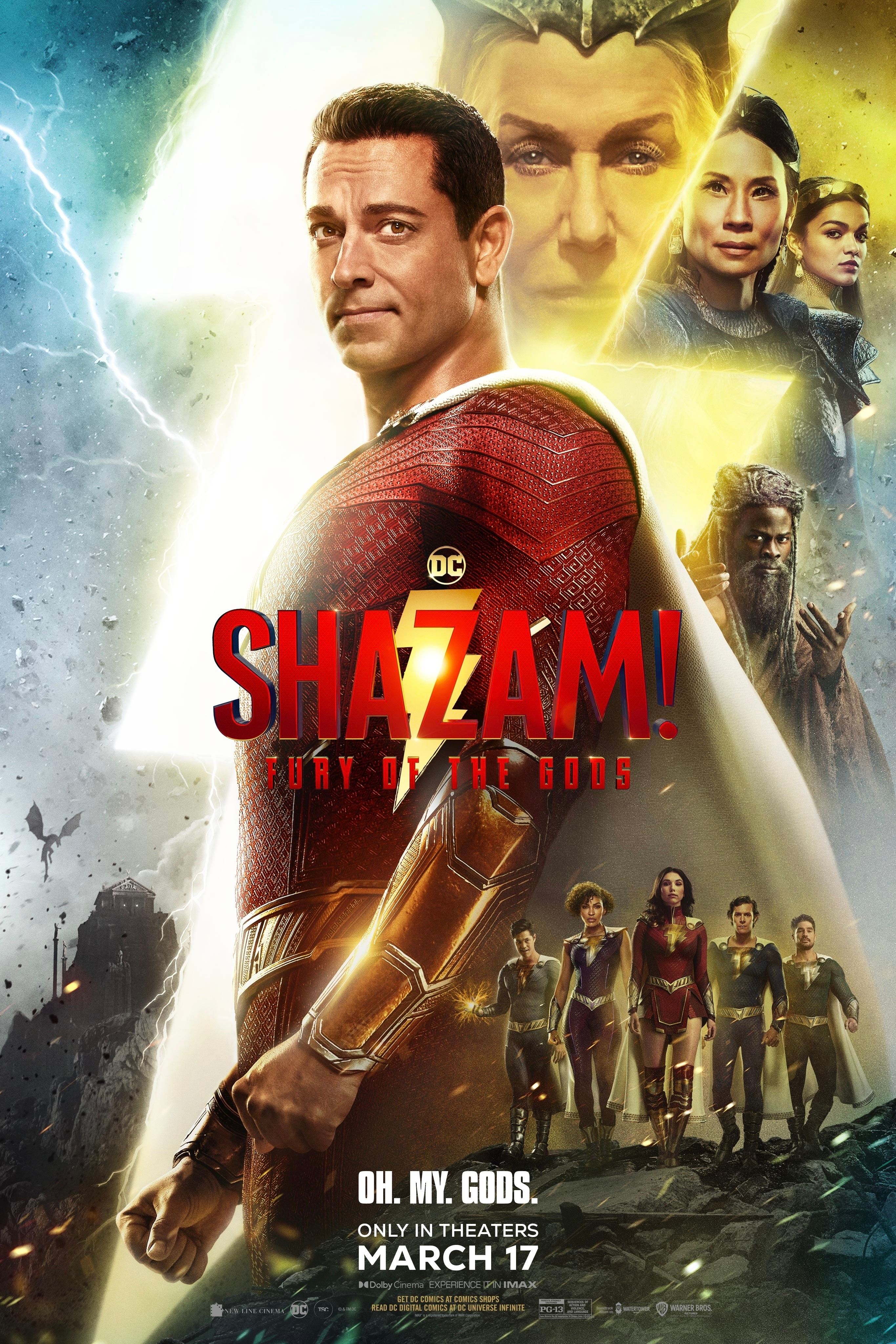Wonder Woman 1984 is the DCEU movie with the least amount of action so far, but that doesn't mean the movie suffered for it. Superhero movies have become synonymous with exhilarating action, as superpowered characters naturally attract large-scale battles and universe-wide events. However, every now and then comes a more subdued movie to break the formula.
Patty Jenkins' Wonder Woman was the first formal introduction to the hero after Diana Prince's supporting role in Batman v Superman: Dawn of Justice. The Amazon princess' first solo movie enjoyed a better reception than Batman v Superman: Dawn of Justice because it exchanged over-the-top action for a more personal storyline where the most important battle was between ideologies. During Wonder Woman's first adventure, the world of mortal men taught her the true nature of war and Steve Trevor helped her understand what it meant to love. Wonder Woman 1984 utilized even less action than the first installment, but also told a less cohesive story.
The mixed reception of Wonder Woman 1984 could be attributed to its lack of high-octane action, but there are actually many different elements at play. The movie tried to tell too many stories at once, leading to a tangled web of plotlines that dragged out the runtime. There were also questionable narrative decisions like Steve Trevor's body swap subplot and Barbara Minerva's cliché transformation from bespectacled dork to superpowered villain. None of these flaws are related to the scale or the frequency of the fights, which in fact helped the movie stand out from the conventional superhero formula.
Wonder Woman 1984's choice of antagonist is a step up from most DCEU supervillains. Although Maxwell Lord's evil plan wasn't original by any means, it was a scheme that couldn't be stopped with physical strength. Lord's wish-granting abilities made him a global danger, but Wonder Woman had more pressing worries than punching him into submission. Unlike other similar villains, Lord didn't use his powers to recruit an army of faceless minions for Wonder Woman to slice through. Instead, he gave everyone a tempting opportunity to get what they always wanted, with the downside that the entire world would crumble as a result. This innovative conflict pushed Wonder Woman to find smarter ways to solve it than mere violence.
The lack of action also tied better into the themes of love, hope, and truth that Wonder Woman stands for. The first Wonder Woman movie betrayed its main themes when it forced a typical climactic battle between Wonder Woman and Ares, when it could have concluded with a groundbreaking climax where Diana's powers were useless against the humans' natural instinct for war, as it was set up since the beginning. In Wonder Woman 1984, Cheetah didn't warrant a violent beatdown because she was a victim of her own desires and Diana really didn't want to hurt her. The highly-anticipated fight between Cheetah and a golden-clad Wonder Woman instead suffered because of its low stakes in the grand scheme of things.
A tighter plot definitely would have helped the Wonder Woman sequel gain more ground with viewers and critics. As for elements like the lack of large-scale battles, the vibrant color palette, and the cheerful tone, it's safe to say that they weren't major factors in the decline in quality of the movie. Those aspects fit movies like Wonder Woman 1984, Shazam!, and Aquaman as much as darkness works for The Batman. It's all in the way the story is told.

